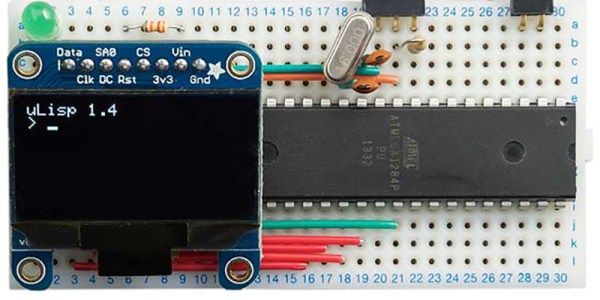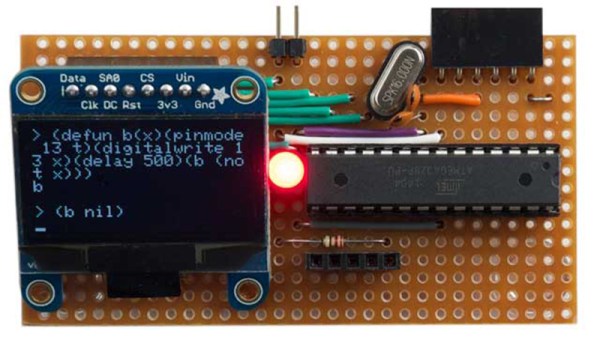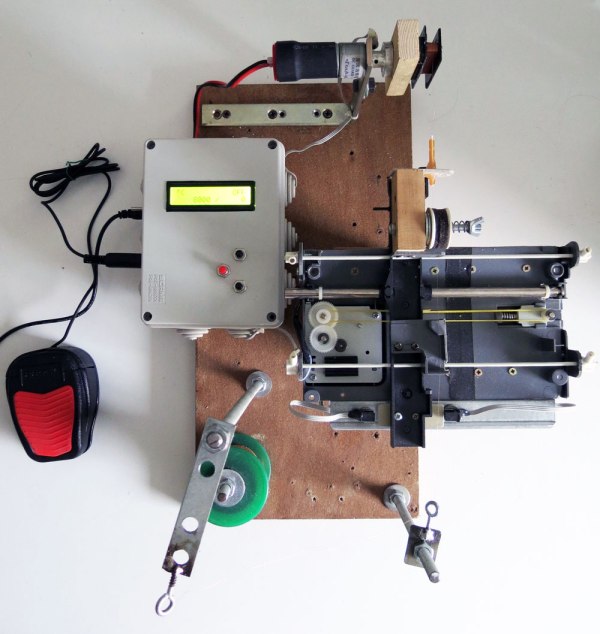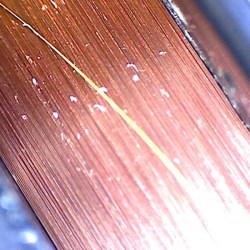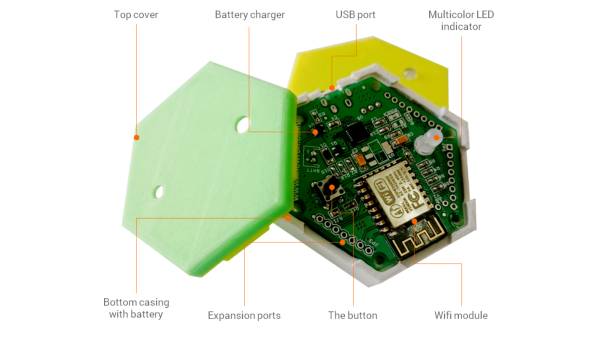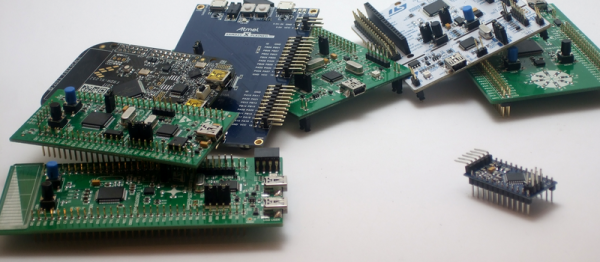Lisp is a supremely elegant programming language, but you won’t find it around much today. That’s a shame; in the 80s and 90s, all the cool kids were using Lisp machines, computers dedicated to the creation and interpretation of Lisp. While the AI renaissance of the 80s is dead, replaced with the machine learning fad of today, Lisp machines have gotten much smaller. Now, they’ll fit in your pocket, and they have parenthesis matching, to boot.
If this build looks familiar, you’re not wrong. A while back, we saw a similar pocket Lisp computer based around the ATMega328 microcontroller with 32k of Flash and 2k of RAM. That’s not a lot by any measure, and a much more suitable processor for an AVR-based pocket Lisp machine would be the big boys of the ATMega family.
The new and improved version of the Tiny Lisp Computer is built around the ATMega1284. If it’s capable enough to run a 3D printer, it should run Lisp very well. With more program space and more RAM come more features including matching parens when entering code, a serial monitor interface, and a program editor – basically a text editor on the chip.
Apart from the larger chip, the circuit remains relatively unchanged. The display is still an OLED that can be had for a few dollars from the usual online retailers, and the other bits of circuitry are still just a handful of resistors, caps, and wire. An off-the-shelf FTDI module (or whatever serial chip you desire) can be added to connect to a serial terminal, and support for a PS/2 keyboard rounds out the board.

